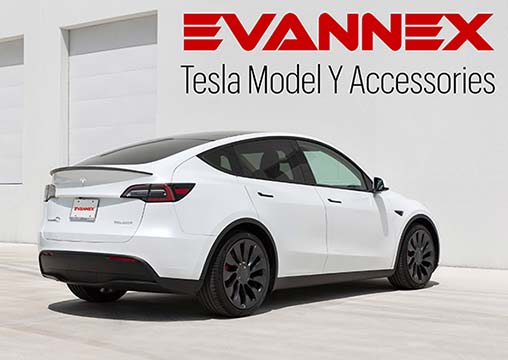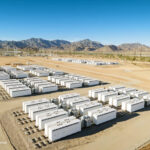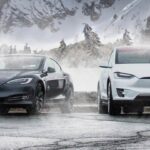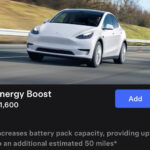Tesla achieved a new milestone by reaching a peak 4680-cell production rate of 868,000 in just 7 days preceding this Christmas. According to an official tweet by Tesla, Inc. (TSLA), these 868k cells are enough to make 1,000 battery packs for its cars.
Employees at Tesla celebrated this important milestone achievement, the pictures of which Tesla shared in the same official tweet.
Interestingly, Tesla just intentionally or accidentally revealed the number of 4680 cells per car. Since these cells are only used in Tesla Model Y electric SUVs at this time, dividing 868,000 by 1,000 gives us a rough number of 4680 cells around 860 – 870 per Model Y battery pack.
Tesla manufactures 4680 cells at two locations in the United States. The first one is the pilot production plant at Kato Road near the Fremont factory previously also called the Magic Cube or the Roadrunner project.
Tesla commissioned the 2nd 4680 cell production line at its Gigafactory in Austin, Texas last year.
However, in the above official tweet, Tesla did not clarify if this is the total cumulative production rate of 4680 cells at both of its plants or just the one pilot plant in Fremont, California.
Only Tesla Model Ys produced at Giga Texas have the new 4680 cells in them. However, there have been numerous reports by Tesla customers that they were delivered a Giga Texas-made Model Y with the older 2170 cells as well.
Tesla reached a production rate of 100 Model Y SUVs per day back in June 2022 — this equates to around 700 Model Ys per week. Later on in October, Tesla announced that the production ramp had significantly increased and they made a total of 10,000 Model Ys at Giga Texas.
So if the ramp-up at Giga Texas has now reached a production rate of 1,000 Model Ys, the production rate of 868k 4680 cells will be sufficient for only 1 week of production.
During the Q2 2022 earnings call, Tesla’s Senior VP of Powertrain and Energy Engineering Drew Baglino hinted that the 4680 cell production will reach around 1,000 cars towards the end of the year. He also noted that the 4680 cell manufacturing ramp at Giga Texas will surpass the production rate at the pilot plant at Kato Road by the end of 2022.
In Q2, at Kato, we fully automated power conveyance for the dry anode-electrode tool there, unlocking major increases in production and improvements in yields. Since March because of that, Kato’s output has grown about 35% month-over-month each month since, and yields throughout the factory are already at targets in most areas and trending in that direction and a few others.
We did feed learnings from Fremont cell and pack lines to Texas and Berlin there, a carbon copy. Cell design was revved to unlock higher performance and manufacturing simplicity. Manufacturing lines were further integrated, and we in-sourced additional content. For these reasons, there are some new ramp challenges to overcome in Texas and Berlin,
Drew Baglino said at during the TSLA Q2 2022 earnings call.
Tesla is preparing to start the production of Cybertruck at Giga Texas in 2023. Cybertruck’s battery will be made with 4680 cells, therefore, Tesla needs to ramp up 4680 cell production even further to fulfill the demand that looks imminent ahead.
Stay tuned for constant Tesla updates, follow us on:
Google News | Flipboard | RSS (Feedly).
Related
- Tesla expands the rollout of FSD v12.5 to Hardware 4 vehicles, no sign of it on Cybertruck yet
- Tesla (TSLA) Q2 2024 Earnings Call: Elon Musk talks about Robotaxi, FSD, Optimus, Roadster, Dojo, and the next-gen affordable EV
- Tesla begins the rollout of FSD v12.5 to employees and select external testers (first impressions)
- Tesla (TSLA) wins a multi-billion dollar Megapack deal for battery energy projects in California and Texas
- Tesla (TSLA) raises prices of its flagship Model S and Model X EVs in the US and Canada
- Tesla Model Y RWD owners can unlock 50 miles of extra range for $1,600 via an OTA update








